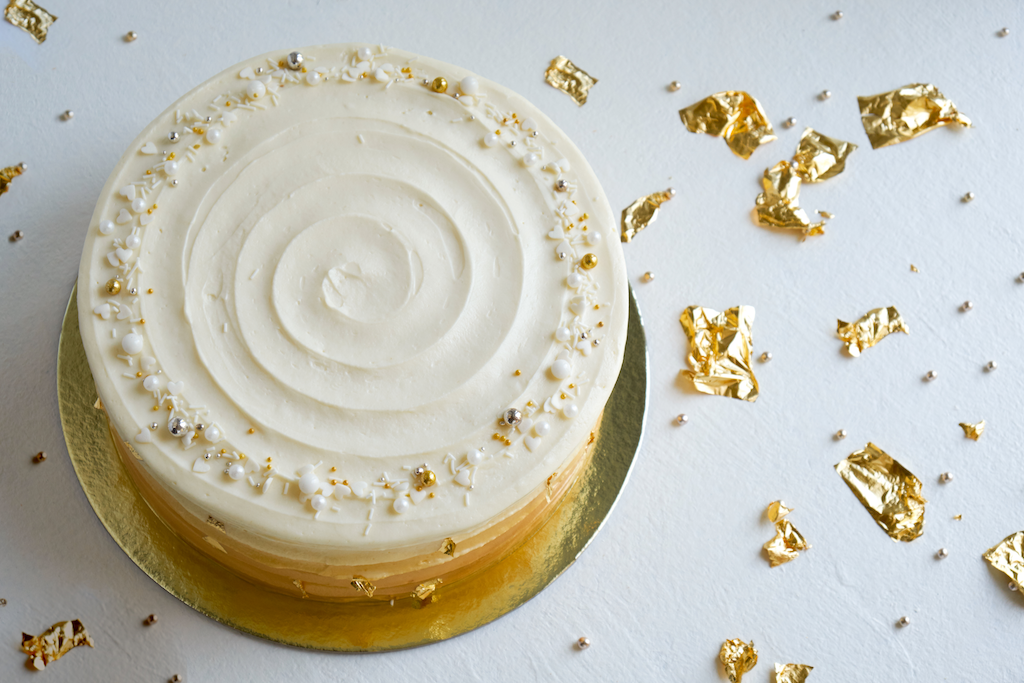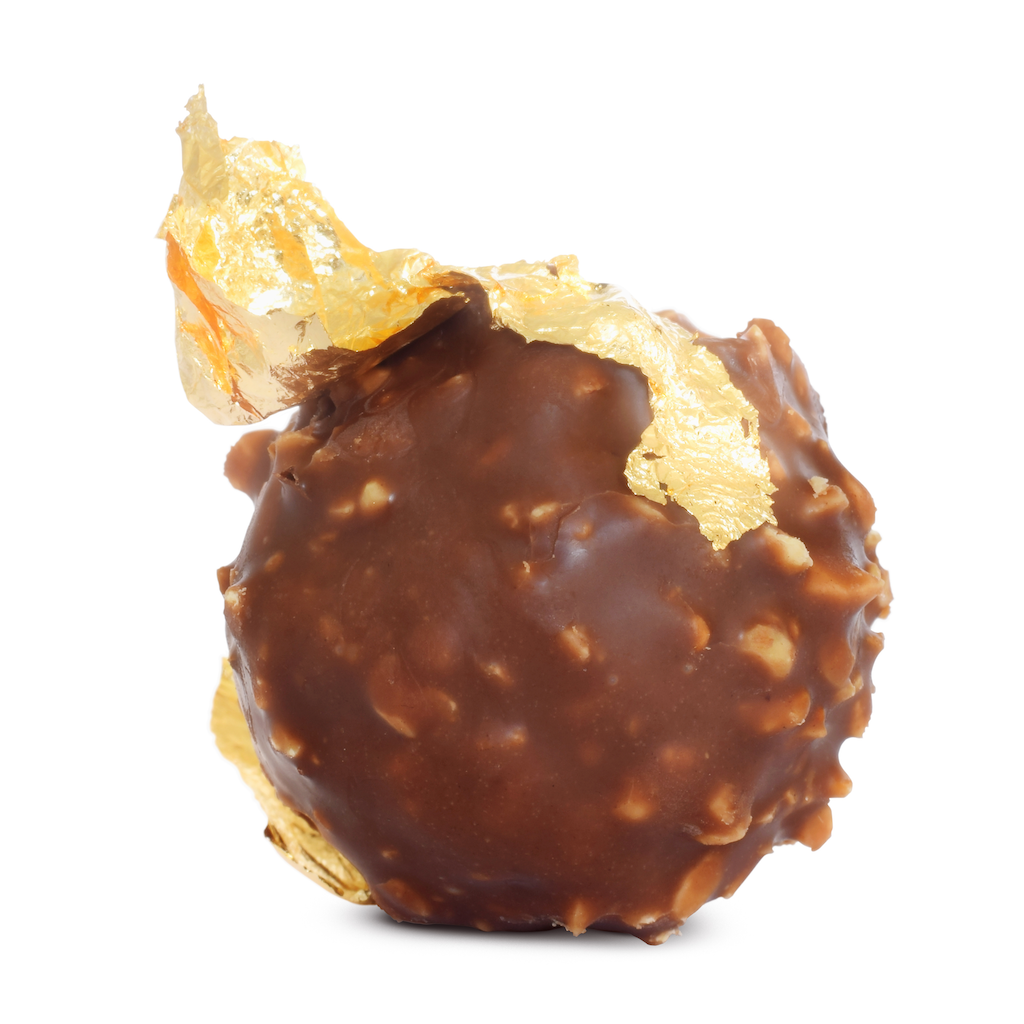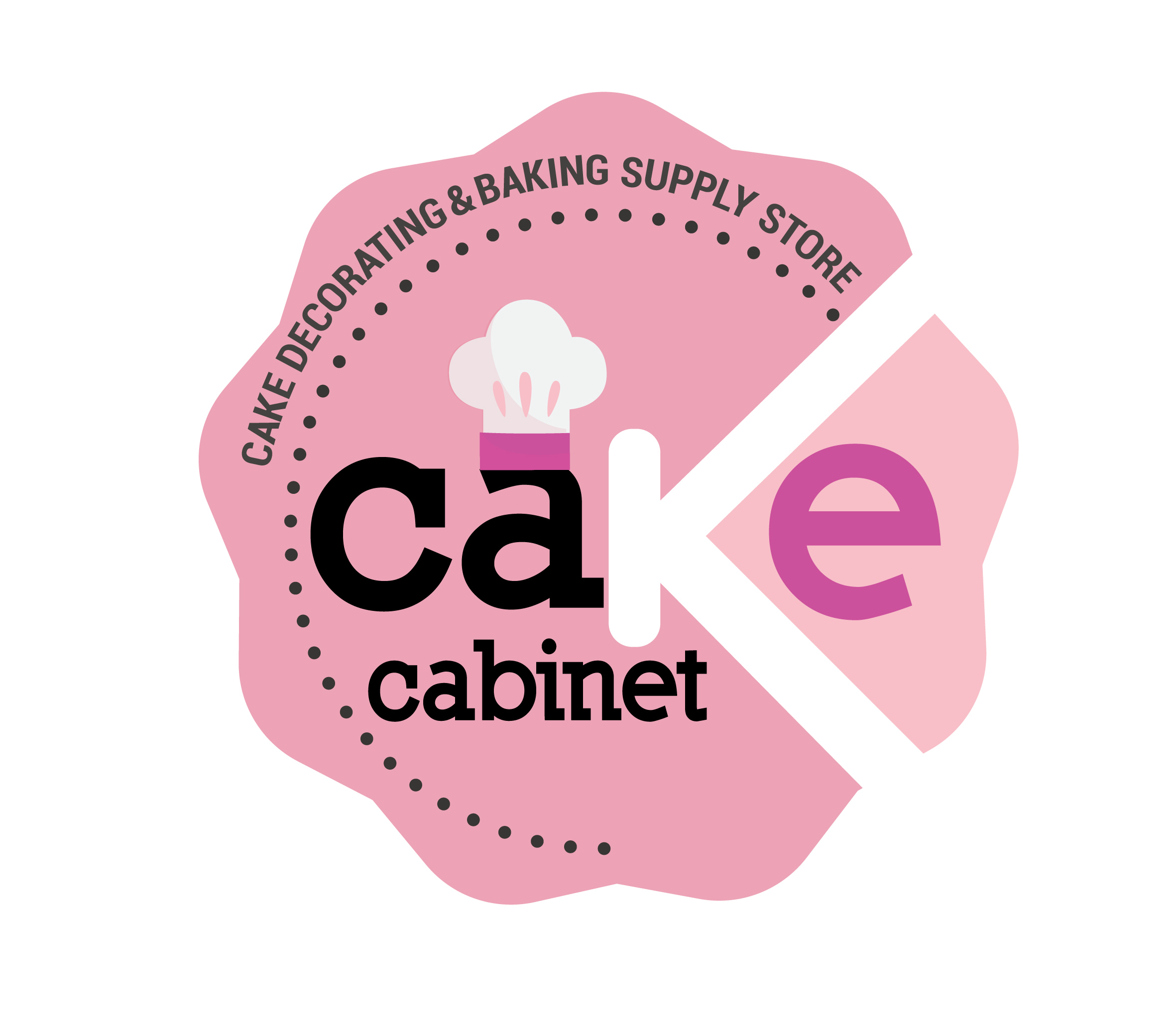How to Apply Edible Gold/Silver Leaf to a Cake

Bring some glitz and glam to your cake or desserts, amping it up by using edible gold/silver leaf. Let your dessert table turn heads and turn you into a celeb!
It's such a versatile medium which allows you to add shimmer to the whole cake, or adding specks of it without going ham on the glitter or lustre dust.
We take you through the steps on how to prepare your cakes, cover the entire tier, and how to use it in chocolates and cake decorating.
There are a lot of options for gold/silver leaf, so it's important to know what to purchase. First and foremost, make sure it's the edible kind. If you are decorating a dummy, then it's fine to get the less expensive stuff, but for anything that will be eaten, please make sure you read the packaging correctly.
Transfer sheets or loose leaf?
Edible gold/silver leaf generally comes in two forms: loose leaf to transfer sheets. The sheets usually are identical, 3"-4" square, but the way you use and handle them differently.
Loose sheets come as a booklet, handling can be quite tricky, as they are thin sheets and will need to be held by the corners very gently and glide them on to the surface you're working on. Loose leaf tears and wrinkles very quickly. Loose leaf is excellent for the round, textured cakes where it can get into the curves and crevices, also great for creating rustic looks.
Transfer leaf comes attached to the tissue paper, making it easy to apply directly onto the surface simply, it's a lot easier to handle. The leaf is flat until you put it on to the surface, it can be cut to any size. Transfer leaf is excellent for larger surfaces, so if you are covering an entire tier, this is perfect for that smooth finish. It doesn't sit nicely in tight corners though; this is where the loose leaf will work better.
How to cover an entire tier with edible leaf:
Equipment:
- Fondant covered cake
- Edible leaf: loose or transfer sheets
- Food safe paintbrushes
- Water
- Sharp paring knife
- Make sure the fondant cake is free of any icing sugar, before beginning. Dust off any residue with a clean, dry paintbrush.
- Wet the surface by brushing a thin layer of water onto the cake where you want to apply the edible leaf. You want to make the fondant slightly tacky; otherwise, it simply won't stick. You can also use edible glue if you wish, but the thicker the glue, the more lumps underneath the leaf.
- If you are using loose leaf, gently lift from the corners and bring it to your cake. Lay it on the tacky water painted surface. Loose leaf is thin and delicate, so be sure to expect a few wrinkles, this will give it a rustic texture.
- Once the leaf is in place, you'll need to smooth it down onto the cake. For loose leafs, use a good quality paintbrush, be sure it's super dry. With light pressure and soft strokes, brush the leaf gently onto the cake. Be super gentle, as it can rip and tear.
If you are using transfer sheets, use your finger to apply light pressure to the back of the transfer sheet, which will, in turn, smooth down the edible leaf and attach it to the tacky surface. Once its fully on, peel away the transfer sheet from the cake.
Repeat the process until the entire cake is covered. You can overlap as you go along. If you end up with an empty patch, cut your transfer sheet to fill it.
This technique can be used on anything if you want to add the edible leaf to a cookie, brush on a little bit of water and press the leaf on.
For desserts and chocolate:
Once the meringues are baked, they can be added on them straight away, dry though, do not wet the surface. Same goes for all other desserts. Best to apply using chef tweezers.
For chocolates: Simply wet a teeny tiny patch and apply with chef tweezers or your hands.

